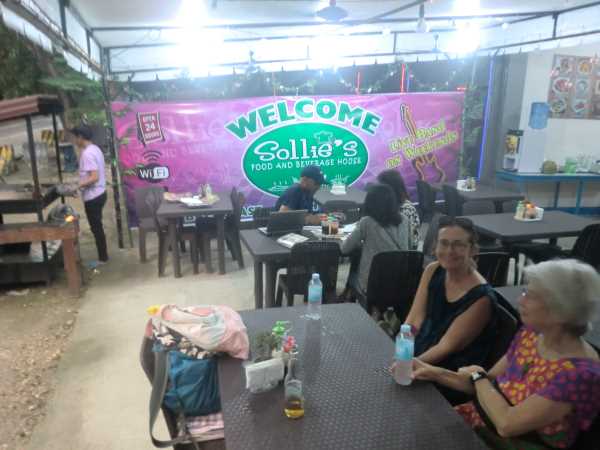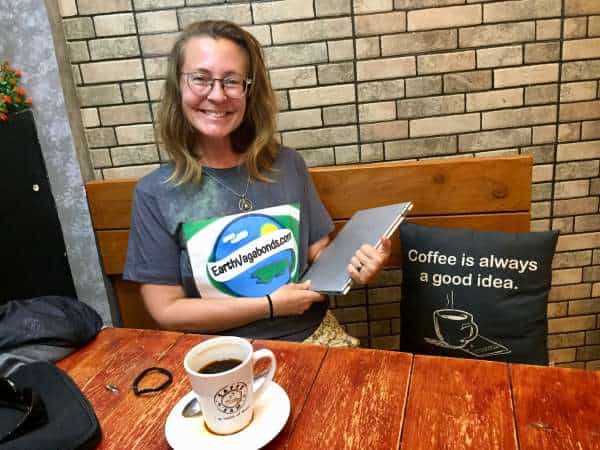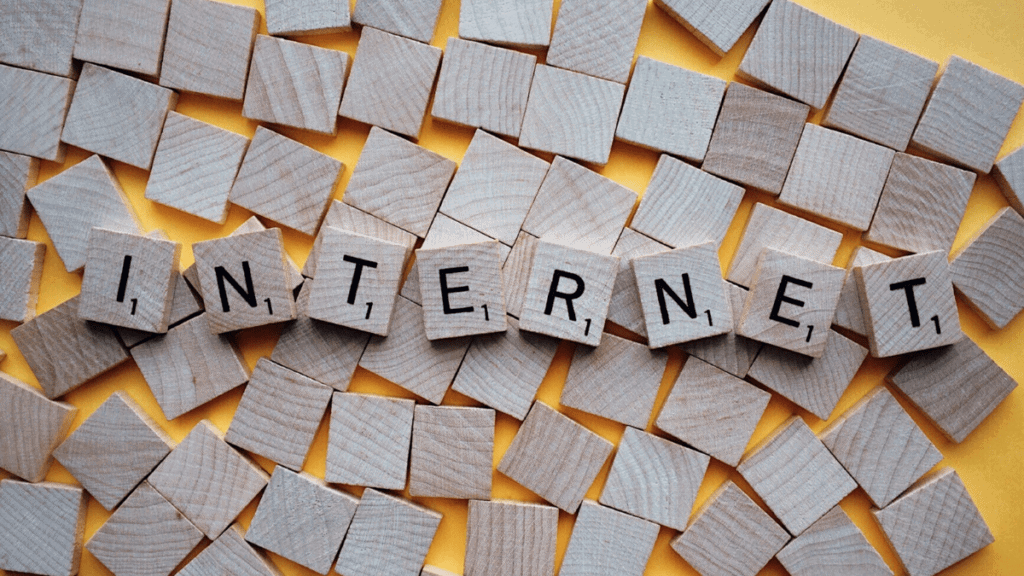Last Updated on October 28, 2024 by Ellen
Living without the internet is nearly unimaginable these days. Most of us use our internet connection for communications, news, information, banking, entertainment, travel, and more. It is our lifeline. Sometimes, travel and internet trouble can a reality.
Not surprisingly, as perpetual international travelers, we rely on the world wide web even more than most people. Being thousands of miles and many time zones from our ‘home’, family, friends, and business affairs requires that electronic connection.
In truth, in the more than four years since we began our travel wandering, we have had mostly good experience with our various internet, WiFi, and data connections.
Most of our rental units come equipped with usable WiFi – sometimes even blazing-fast, fiber optic service. When internet service is lacking or too slow, we have always been able to find a nearby cafe or publicly accessible connection. In a few rare cases we have purchased local cellular SIM cards with data plans that enabled us to stay online.
But for the past few weeks we have been dealing with a new level of internet unreliability and frustration that has left us frazzled and reminded us that our lifestyle can have some severe difficulties. This should serve as a warning to others who plan on foreign vacations or retirement or a more nomadic international existence.
Travel and internet trouble: A reality for vagabonds & nomads
We had been living in Liloan, Cebu, Philippines – a suburb of Cebu City, the second largest city in the country – for more than a month. Our comfortable, modern rental apartment came with super-fast fiber optic internet service. So fast, we streamed Netflix on many evenings — something that is rarely possible most places that we rent.
On Christmas Eve 2019, Typhoon Ursula struck parts of the Philippines. Around Liloan, Cebu there were heavy rains and some minor flooding. But by the end of Christmas Day, things and returned to normal. There didn’t appear to be any longer-term damage. The bulk of the storm had passed far north of our island.
But the internet had slowed. A little. Then within another 48 hours, it slowed a lot. Absent any other storm-related issues, we now had an internet service problem.
Fortunately, a few minutes away was a restaurant where we had become friendly with the owner that still had unaffected fast WiFi. I started going there each evening for a drink and ‘internet time’. (Sollie’s Food & Beverage House is a great place in Liloan, and we recommend it!)

We also had a local, monthly, cellular data plan on our iPhone. That worked around town, but coverage from our apartment had always been spotty. Still, it was a backup. Within another day however, the cellular service began to fail. Obviously, everyone who was now without internet was clogging the cell data system.
With New Year’s Eve rapidly approaching, I also had the issue of needing to make some tax related financial transactions before the end of calendar year 2019. Thankfully, I had done some end-of-year tax prep from our fast, private internet before the typhoon. But now I was forced to complete the remaining sensitive matters using a public restaurant’s WiFi (using a VPN). Not an ideal situation.
With the pressing tax issues settled, we left town on a 5-night New Year’s getaway that we had previously planned. We had rented an Airbnb about four hours bus ride away in Moalboal, a popular beach and diving destination. We assumed the advertised wifi would work at that location. Wrong. No internet. A listing error.
The cellular data plan did work again in Moalboal, but it was very slow. Many people were spending holiday time at the beach, again clogging the cell network. In fact, cellular service is still 3G everywhere in the Philippines – and many places in the developing world.
We made due with slow cell data and a cafe’s free WiFi during our beach stay. Luckily we had no urgent need. Surely the system would be repaired back in Liloan when we returned home – now 12 days after the typhoon. Nope.
In fact, now the internet service to our favored neighborhood restaurant had slowed to a crawl. The cellular data remained useless. We ventured further, finally finding a mall coffee shop with decent WiFi. (We also recommend Caffe Sam in the Liloan mall.)

By now I had to pay monthly bills; credit cards, and monthly water and sewer at my USA rental home. Once again, I was forced to access personal billing, payment, and online banking sites using WiFi at a restaurant (and a VPN). Not good.
Needless to say, throughout this whole period, postings to our EarthVagabonds.com blog were interrupted, we couldn’t monitor our Facebook group Retired Budget Travelers, and other correspondence and communications of all types were delayed. Our apologies to anyone left wondering.
When we departed Cebu on January 11, 2020, nothing had changed. Nearly three weeks after the mild storm that caused the problem, the internet and cellular systems (and security) remained insufficient or non-existent.
Thankfully, our new month-long rental on the island of Bohol has perfectly functioning, high-speed WiFi internet service. No problems. (Editor’s note: no problems… yet.) We are back online and able to conduct any and all of our affairs as needed.
The moral of this whole story is a bit unclear. Our travel and internet trouble was caused by a one-time weather event – which can happen anywhere. The fact that it happened during the holidays, with people off work, at a ‘tax time’ exacerbated things. The spillover to the cellular networks was unrelated, understandable, and unfortunate. There was a confluence of factors.
It all serves as a reminder that something as common and for-granted as internet can become inaccessible for any number of reasons, especially in third-world or developing countries. And travelers should always keep abreast of potential major weather or disaster related kinds of events.
Obviously, no matter where you are, it is surely good practice to schedule online banking, bill pay, and other financial affairs well in advance of any deadlines — just in case of an event like this.
And finally, although undesirable, there are usually options and alternatives to keep in mind. In our case, we undoubtedly ‘could’ have searched out working networks even further away. Worst case, we are blessed to have the option of jumping on an airplane and temporarily relocating to find whatever it is we need.
As always, happy trails and more beer. Life is now!
Editor’s note: We know about portable WiFi devices, or pocket WiFi. We had not had any huge reason to buy one of these mobile devices… yet.
Thanks for reading “Travel and internet trouble: A cautionary tale”.
You might also like:

